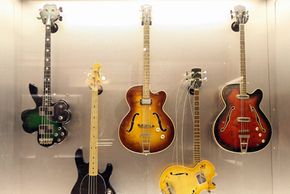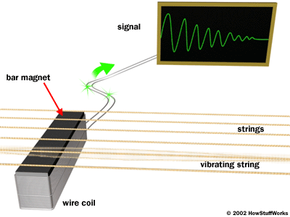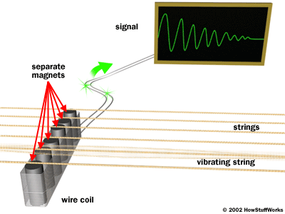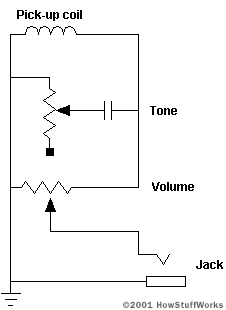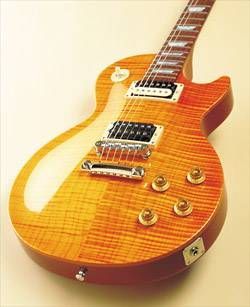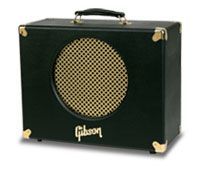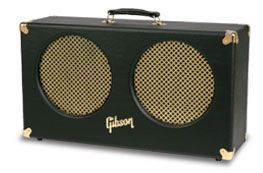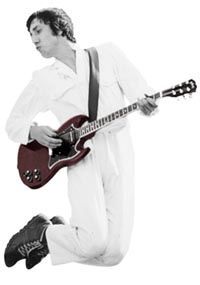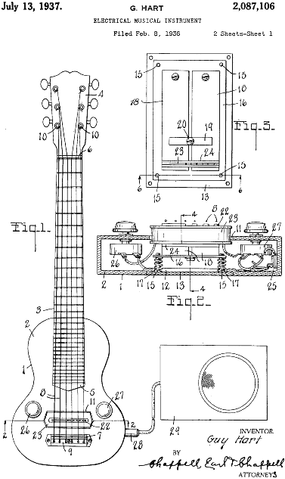From a popular culture standpoint, the electric guitar is one of the most important inventions of the 20th century. More than any other instrument, it defines the tone and character of rock and roll music. But when the electric guitar first hit the scene in the 1930s, few people saw its potential. It took quite a while for the instrument to find its place in American music.
Despite the slow start, the electric guitar did find its place. It has inspired and defined entirely new types of music. The electric guitar remains the most prominent instrument in rock music, and the most famous instrument ever to come out of the United States.
Advertisement
In this article, you will learn exactly how the guitar itself works, and we will also discuss the system that the guitar and the amp create together. Working in combination, the guitar and the amp can produce an amazing variety of sounds.
If you have ever compared an electric guitar to an acoustic guitar, you know that they have several important things in common. Both acoustic and electric guitars have six strings, they both tune those strings with tuning pegs and they both have frets on a long neck. Down at the body end is where the major differences are found.
Some electric guitars have a hollow or semi-hollow body with the resonating cavity found in an acoustic guitar, but the most popular electric guitars have solid bodies. The sound is produced by magnetic pickups and controlled by several knobs. If you pluck a string on an electric guitar that is not plugged in, the sound is barely audible. Without a soundboard and a hollow body, there is nothing to amplify the string's vibrations.
In the next section, we'll see how the magnetic pickups on an electric guitar sense vibration and turn it into sound.
Advertisement
